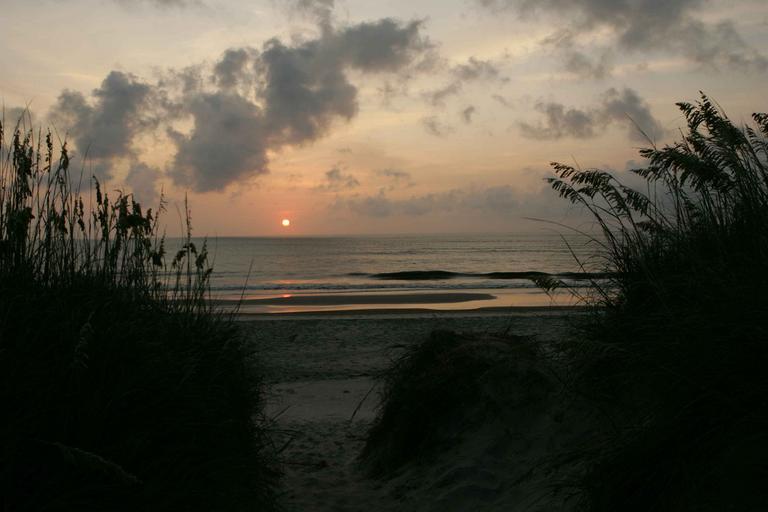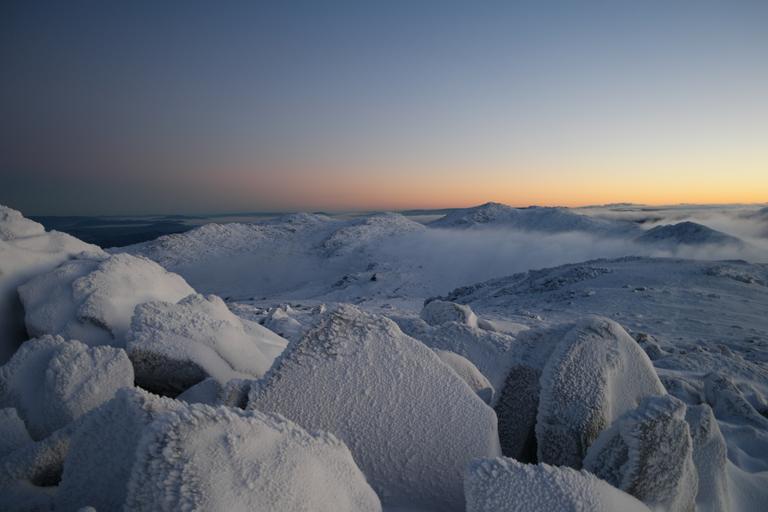Introduction
Nature is an artist, painting an unique tapestry of colors and textures as it shifts from one season to the next. The dance in between winter season's chill and spring's warmth produces an awesome spectacle that photographers have sought to capture for centuries. In this article, we will check out the art of seasonal shifts in photography, concentrating on how https://rentry.co/27ubzp5a to frame nature's contrasts in every shot. We'll delve into various methods such as black and white photography, long direct exposure photography, and self-portrait art in photography, among others.
So grab your electronic camera, since we will start a journey that records the essence of seasonal transitions!
Seasonal Transitions: Recording Nature's Contrast in Every Frame
In photography, recording seasonal transitions exceeds simply snapping pictures; it's about narrating through contrasts. The interplay of light and shadow throughout these times creates chances for stunning images that resonates with psychological depth.

When we think of seasonal shifts, we picture a landscape undergoing transformation-- trees shedding their leaves or flowers flowering after a long winter sleep. This vibrant shift offers an exceptional chance for professional photographers to explore textures and tones that may otherwise go unnoticed.
The Significance of Timing in Seasonal Photography
Timing can make or break a photograph. Recording nature's contrasts needs you to be at the right location at the correct time. For instance:
- Golden Hour: The soft early morning light improves colors while producing long shadows. Dawn Photography: Mornings typically use peaceful landscapes free from human interference.
By being patient and understanding seasonal patterns, you can raise your work from normal to extraordinary.

Understanding Nature's Contrasts
As seasons shift, they expose stark contrasts:
- Frozen Water vs. Flowing Streams: Winter season typically showcases frozen lakes that slowly thaw into flowing streams come spring. Snow-Capped Mountains vs. Flowering Meadows: The juxtaposition of snow versus vibrant wildflowers produces striking visuals.
Each contrast informs its own story about survival and renewal in nature.
Black and White Photography: A Timeless Approach
Black and white photography disrobe images to their core components-- light, shadow, type-- which is particularly efficient when recording seasonal transitions.
The Power of Monochrome in Seasonal Photography
Emphasizes Texture: The lack of color allows audiences to concentrate on intricate information like bark patterns or frost formations. Mood Creation: Black and white can evoke feelings associated with melancholy or privacy-- best for winter scenes.Utilizing this strategy throughout transitional durations can result in powerful imagery that resonates mentally with viewers.
Long Direct exposure Photography: Exposing Movement
Long direct exposure photography presents an amazing method to catch the fluidity of change during seasonal transitions.
Techniques for Long Direct exposure Photography
- Use ND Filters: Neutral density filters assist handle light intake so you can accomplish longer shutter speeds even during brilliant conditions. Tripod Stability: A sturdy tripod decreases cam shake while enabling you to try out longer exposure times.
In catching moving aspects like streaming water or wandering clouds versus still landscapes, you'll develop dreamlike environments that encapsulate the essence of transition.
Self-Portrait Art in Photography During Seasonal Changes
Integrating self-portraits into your seasonal photography adds a personal touch while reviewing your relationship with nature.
Concepts for Self-Portrait Art Throughout Seasons
Figure in Motion: Capture yourself engaged with nature-- perhaps strolling through fallen leaves or standing by a thawing lake. Backlit Silhouette Techniques: Use strong backlighting from the rising sun to produce ethereal silhouettes against soft early morning light.These self-expressions not only document your experience but also welcome audiences into your world.
Lake Photography: Reflections of Transition
Lakes are unbelievable canvases during seasonal shifts, supplying opportunities for stunning compositions through reflections and transparency.
Capturing Frozen Lakes and Thawing Waters
- Frozen Lake in Photography: Explore the stark beauty of ice-covered lakes; shadows on ice can create unique patterns. Melting Ice in Photography: Document the shift from strong to liquid-- this short lived moment is abundant with symbolism concerning transformation.
Both stages present distinct moods-- frozen lakes stimulate peacefulness while melting ice represents rebirth.
Between Seasons: A Distinct Perspective
Photographing "in between seasons" offers a glance into liminal areas where winter season satisfies spring or autumn gives way to winter.
Engaging with Liminal Areas Through Photography
Transitional Landscapes: Record images where remnants of one season stick around while tips of another begin emerging. Disappearing Shadows: Take note of how shadows alter as light shifts throughout these transitional periods.These moments highlight the beauty intrinsic in change-- a theme resonant across all art forms.
Spring Thaw vs. Winter's End
The shift from winter's end into spring thaw is maybe one of the most renowned changes within nature due to its visual richness and psychological significance.
Documenting Spring Thaw in Photography
Capture the delicate balance in between melting snow and flowering flowers-- the interplay speaks volumes about resilience. Utilize soft reflections discovered on just recently melted ponds for added depth in compositions; this strengthens styles around renewal.Each image becomes not simply documents however poetry-- a reflection on life itself!
Moody Environments Created by Seasonal Changes
Weather plays an integral function when it pertains to catching moody environments throughout transitional phases throughout seasons:
1. Exploring Misty Mornings
Misty mornings provide enchanting backdrops characterized by ethereal qualities; whatever feels softer under layers of fog:
- Use soft focus methods to emphasize environment instead of detail alone.
2. Creating Reflective Mood
Utilize natural light successfully! Backlighting can produce radiant edges around topics while maintaining ambient shadows which includes intricacy:
- Experiment with blurred lines where water satisfies land-- it creates interesting borders within compositions!
These approaches yield photographs that stimulate reflection as much as they record change itself!
Minimalistic Structure During Transitional Times
Embracing minimalism permits photographers greater concentrate on vital aspects present within each scene:
1. Methods for Minimalistic Composition
- Limit diversions by separating subjects amidst vast landscapes-- this stresses point of view even further! Use negative area purposefully; it welcomes viewers' eyes towards centerpieces more naturally without clutter surrounding them!
This method enhances storytelling through simpleness whilst remaining real towards themes surrounding seasonal transition!
Surreal Landscapes Found Throughout Seasons Shift
Transition periods typically lead us towards surreal landscapes where reality combines effortlessly into dreams!
1. Recording Surreal Moments
Explore abstract representations-- what does fading kinds suggest? How do we analyze ephemeral beauty?
Utilize techniques like double direct exposures or intentional blurring along with standard pictures! These approaches blur lines in between imagination & & truth leading observers towards extensive interpretations!
Artistic Self Expression Through Nature
Photography works as an outlet for artistic self-expression especially amidst shifting seasons!
1. Checking Out Privacy In Nature
Consider recording singular moments spent outdoors reflecting inner thoughts against external surroundings! Each image encapsulates personal narratives linked along with wider styles checked out throughout this article!
Conclusion
Capturing seasonal shifts provides unlimited possibilities within photography! From exploring black-and-white visual appeals down through surreal landscapes-- the art flourishes off contrasts discovered all over! Welcome experimentation alongside persistence guaranteeing every click embodies stories waiting unfold before our eyes! Whether you're utilizing long direct exposure strategies or engaging artistically through self-portraits-- remember this journey encapsulates timeless beauty weaves together threads connecting us all eventually celebrating short lived moments forever captured within frames!
FAQs
1. What devices do I need for catching seasonal transitions?
While any video camera will suffice-- a DSLR/mirrorless along tripod enables higher versatility especially when engaging longer exposures!
2. Is black-and-white photography appropriate during dynamic seasons?
Absolutely! It stresses texture & & type offering unique point of views frequently overlooked otherwise!

3. How do I discover good areas for lake photography?
Research regional parks/lakes online seek advice from local guides-- they often know concealed gems worth exploring!
4. Can I utilize modifying software on my pictures later?
Certainly! Post-processing boosts both color & & black and white images alike including depth dimensions not constantly achievable initially!
5. Exist specific times best matched for dawn photography?
Typically mornings yield softer light conditions perfect catching tranquil scenes before crowds arrive!
6. What must I remember when practicing minimalistic composition?
Focus mostly upon subject matter selecting backgrounds wisely ensuring simplicity reigns supreme-- you desire nothing detracting audiences' attention far from main focus!